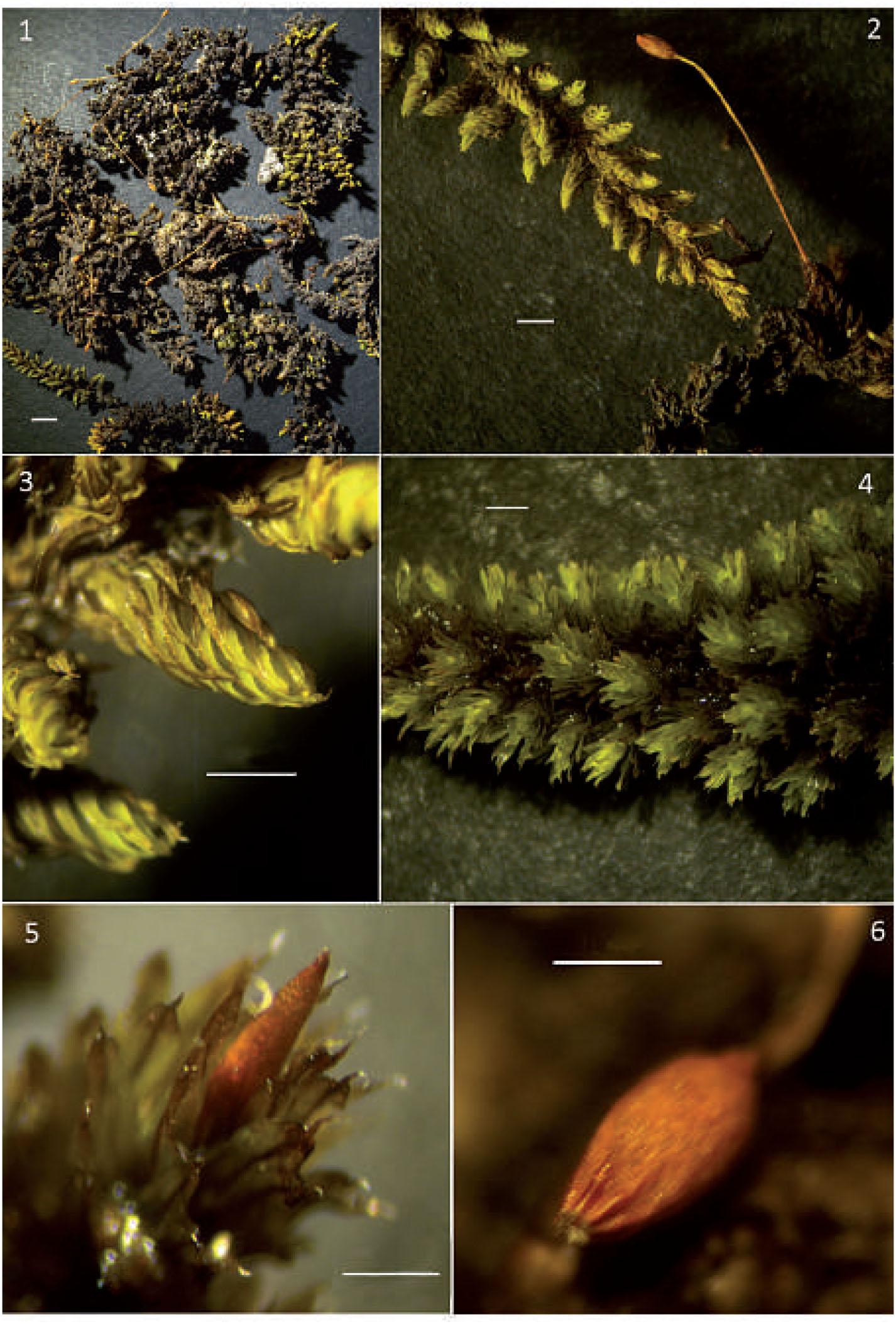
7784145522_253b5a9c35_b.jpg from: https://www.flickr.com/photos/imbala/7784145522
Discovering the Fascinating World of Macromitrium noguchianum Moss
Macromitrium noguchianum W.Schultze-Motel, a unique species of moss belonging to the Orthotrichaceae

f01_443.jpg from: https://bioone.org/journals/cryptogamie-bryologie/volume-39/issue-4/v39.iss4.2018.443/iMacromitrium-panduraefolium-i-Orthotrichaceae-Bryophyta-a-New-Species-from-New/10.7872/cryb/v39.iss4.2018.443.full
family, is a captivating subject for bryologists and nature enthusiasts alike. Commonly referred to simply as Macromitrium, this tiny but mighty plant plays an important role in its ecosystems. In this blog post, we’ll dive into the intriguing details of M. noguchianum, from its distinctive morphology to its global distribution and ecological significance.

4741121313_3164988864_b.jpg from: https://www.flickr.com/photos/imbala/4741121313
Background on Bryophytes
Before we explore M. noguchianum specifically, let’s briefly review what mosses are. Mosses are non-vascular plants in the division Bryophyta. Unlike other land plants, they lack true roots, stems, and leaves. Instead, they have rhizoids for anchoring, stems called setae, and leaf-like structures called phyllids. Mosses reproduce via spores rather than seeds and are found in a wide range of habitats worldwide.

6898040521_4287463513_b.jpg from: https://www.flickr.com/photos/imbala/6898040521/
Morphology and Identification of M. noguchianum
Macromitrium noguchianum is characterized by its small size, usually growing in tufts or cushions. The individual plants have erect stems up to 2 cm tall. The phyllids are lanceolate to ovate-lanceolate in shape, with a pointed apex and serrated margins. Unique to this species are the elongated, cylindrical capsules that extend beyond the phyllids on long, slender setae.

medium.jpg from: https://www.inaturalist.org/taxa/64084-Macromitrium
These distinctive capsules aid in identification.
Global Distribution and Habitat
M. noguchianum has a relatively limited distribution, primarily found in parts of Asia, including Japan, Taiwan, and the Philippines. It typically grows as an epiphyte on the bark of trees in humid forests at low to moderate elevations. The moss favors shaded, moist microhabitats where it can thrive alongside other bryophytes and lichens.
Ecological Roles and Adaptations
Like other mosses, M. noguchianum plays several key roles in its ecosystem:
- Moisture retention: The dense growth habit helps trap and retain moisture, regulating humidity in the immediate environment.
- Nutrient cycling: As the moss decomposes, it releases nutrients back into the soil for other plants.
- Microhabitat creation: The tufts provide shelter for microorganisms and small invertebrates.
M. noguchianum has adapted to its epiphytic lifestyle with

large.jpeg from: https://inaturalist.nz/observations/88236610
structures that allow it to efficiently absorb water and nutrients from the air and rainfall. The phyllids have a high surface area to volume ratio, maximizing exposure for gas exchange and water uptake.

c7eafa3332eca495e4a0a16755d7c4af.jpg from: https://taieol.tw/muse/digi_object/953dc05aecec73a6b55d6e73ee034a13
| Characteristic | Description |
|---|---|
| Plant size | Small, up to 2 cm tall |
| Growth habit | Tufts or cushions |
| Phyllid shape | Lanceolate to ovate-lanceolate |
| Phyllid apex | Pointed |
| Phyllid margins | Serrated |
| Capsule shape | Elongated, cylindrical |
| Seta length | Long, slender |
Conclusion
Macromitrium noguchianum may be a small and easily overlooked moss, but it is a prime example of how even the tiniest organisms can have fascinating adaptations and ecological importance. By understanding species like M. noguchianum, we gain a greater appreciation for the complexity of life in all its forms. The next time you find yourself in a humid Asian forest, take a moment to search for this marvelous moss. What other miniature wonders might you discover hiding in plain sight?